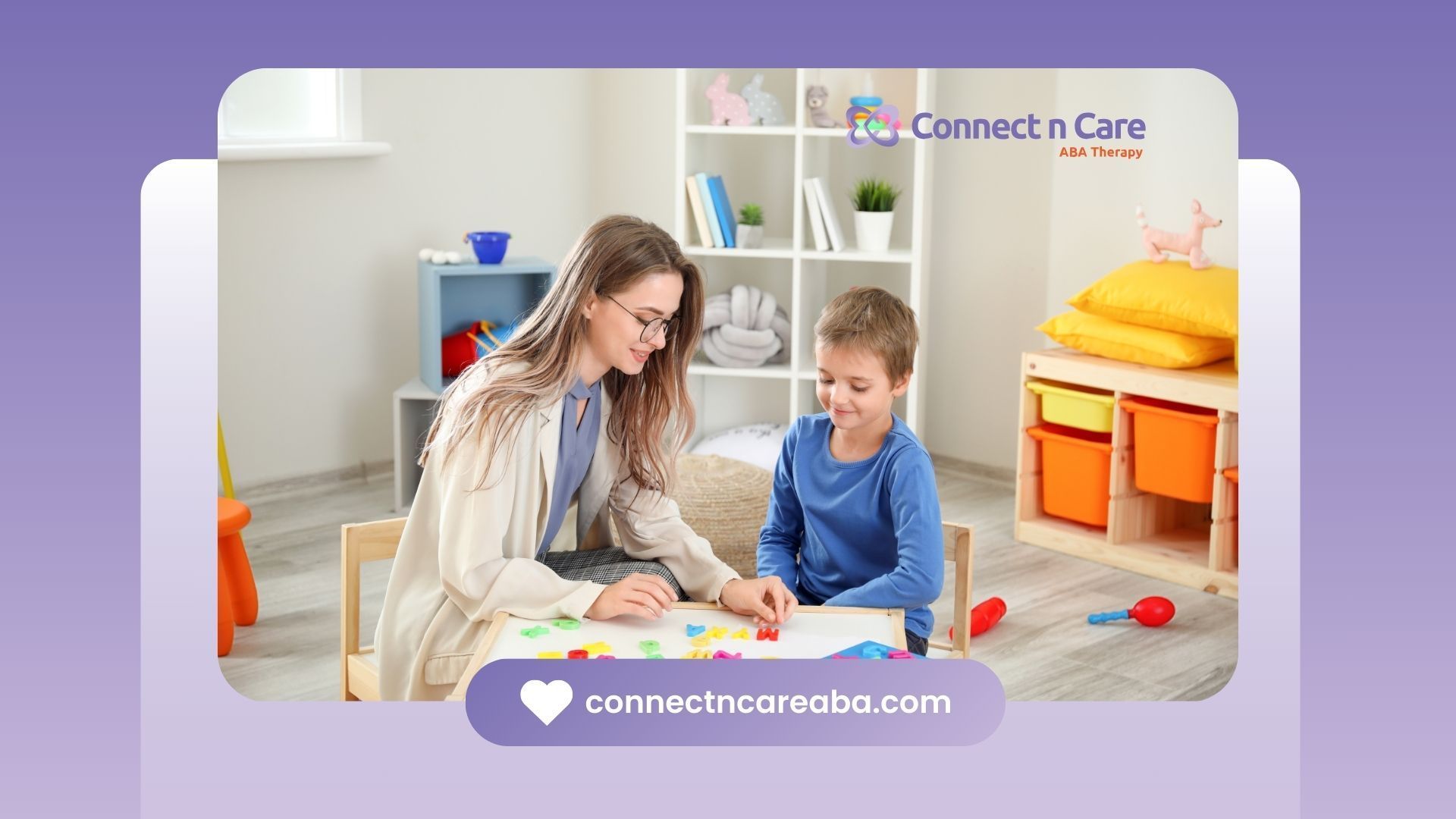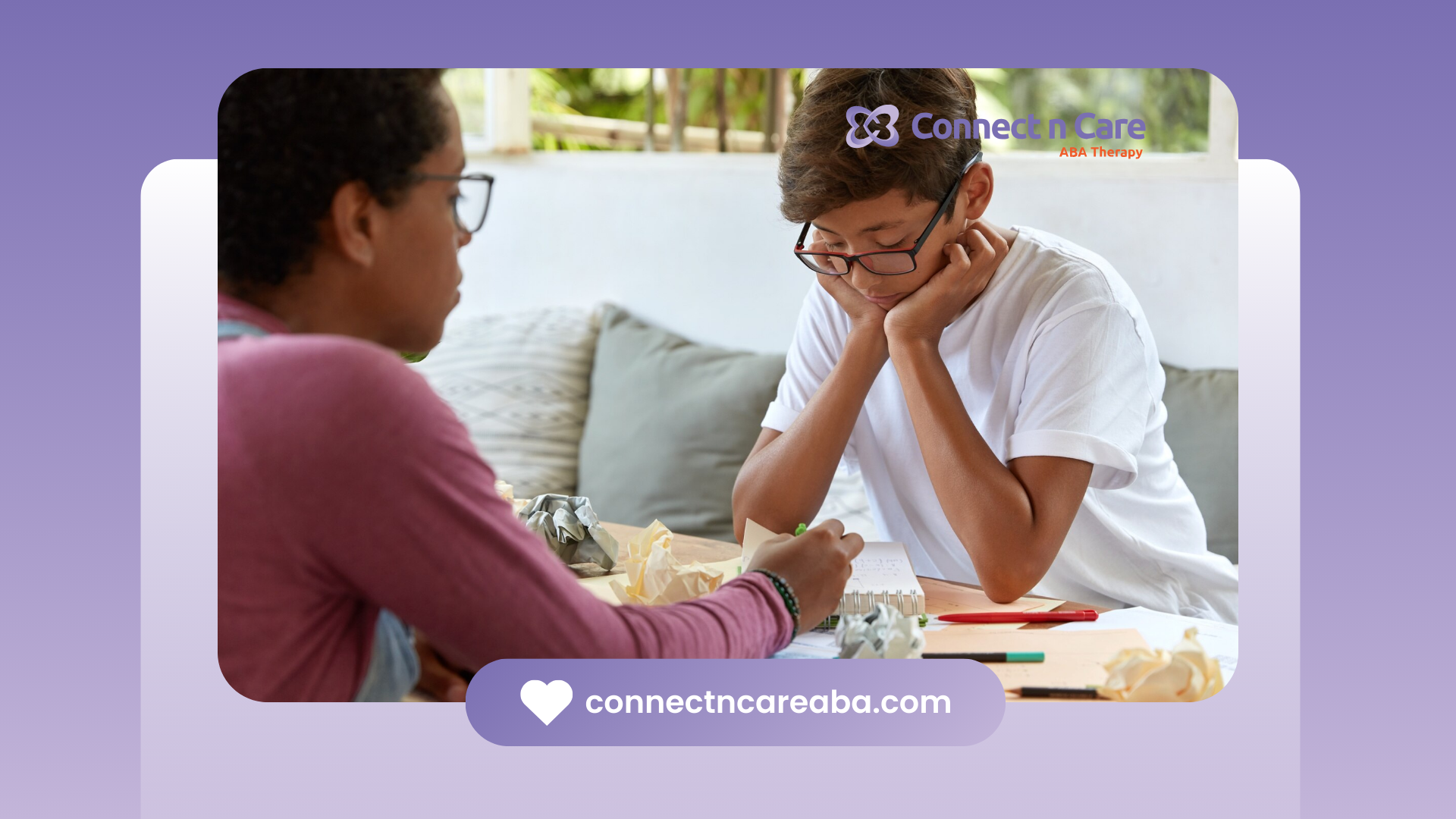Hugging is a simple way to show care and connection. However, individuals with autism may feel and express hugs differently. This blog looks at the details of hugging in relation to autism. It explores how things like sensory processing, social development, and personal choice come together. By knowing these factors, we can create better and more caring interactions with autistic people that involve physical contact.
The Significance of Hugging in Autism
Hugging is a type of physical contact that is important for many autistic people. Some autistic individuals may feel overwhelmed by hugs because of sensory sensitivities. However, others may find hugs very comforting and grounding. For some, hugs can be a key way to share their feelings. They can show affection, comfort, or reassurance in ways that words cannot express.
It is important to know that people with autism have different experiences and preferences when it comes to hugging. What feels good to one autistic person may be too much for another. There is no single right way to approach this, so understanding each person's preferences is important for creating positive and respectful interactions.
Understanding Sensory Processing in Autism
Sensory processing is how our brains understand and react to the sensory input we get from the environment. This process can be different for autistic kids. For some, a hug can feel overwhelming because of the touch, pressure, and sometimes even smell. This can cause discomfort, anxiety, or pain.
However, other autistic children may really like deep pressure and find hugs soothing. Deep pressure can help their nervous systems feel more balanced and can ease sensory overload from other places.
It is important to understand these different ways of experiencing sensory input. Instead of thinking that all autistic kids will feel the same about hugs, we should watch how they react. We must communicate clearly and respect their unique sensory preferences.
The Role of Hugs in Emotional Communication
Hugging is often considered a way to show love. However, autistic people might not always understand or use social signals like others do. For some, a hug is a common way to share warmth and care, but those who are autistic may express their affection in different ways.
For some autistic individuals, especially if they find it hard to talk, a hug can be a strong way to show feelings. A hug can mean a lot more than words, offering comfort, support, or happiness.
It is important to understand how hugging can help autistic people express their emotions. By recognizing their different ways of showing feelings, we can support their experiences and create better connections.
Navigating Social Norms and Hugging
Navigating the rules about hugging can be difficult, especially for autistic individuals. They may see and understand social cues in a different way. In some cases, a hug may be expected, but in other situations, it might not feel right.
It is important to teach autistic children and individuals about these unspoken rules regarding physical touch. Having open talks, setting clear boundaries, and offering steady guidance can help them feel more confident and comfortable in these social settings.
Teaching Autistic Children About Personal Space and Consent
Teaching autistic children about personal space and consent is very important for their social development and well-being. Start by making the idea of personal space clear and easy to understand. Use visual aids, like pictures, social stories, and role-playing as helpful tools.
Make sure to point out that everyone has the right to choose who touches them and when. Teach them how to ask for a hug and how to accept a "no" when someone doesn't want to hug. A supportive environment that values consent and respects personal boundaries is key to encouraging healthy social interactions.
Keep in mind that learning about consent and boundaries takes time. Be patient and give steady support. Celebrate their progress in understanding and respecting personal space.
How to Interpret Autistic Hugging Behaviors
Autistic behaviors, especially those about social cues and touch, can sometimes be misunderstood. For example, a sudden hug, a longer hug than normal, or avoiding hugs does not always mean someone is not interested or does not want to be close. These actions might show other ways of feeling emotions, handling sensory information, or understanding social rules.
Caregivers and loved ones can learn to understand these behaviors better by watching closely, talking openly, and being willing to change. Focus on the child's body language, facial expressions, and any words they use to know how comfortable they are and what they mean.
By approaching hugging in a caring and understanding way, we can improve communication and create positive moments that honor the autistic person's feelings.
Strategies for Supporting Positive Hugging Habits
Supporting positive hugging habits in autistic people needs careful attention. We must respect their personal space while also encouraging comfortable physical touch. The goal is to create a safe and supportive environment. Here, they can feel free to hug in ways that are good for them and at their own pace.
By learning about their sensory needs, teaching the importance of consent, and offering different ways of showing affection, we can help autistic individuals build healthy feelings about hugging and being close to others.
Encouraging Comfortable Physical Interactions
Encouraging comfortable physical interaction is not about forcing hugs or any physical touch. It's about making a space where autistic individuals can feel safe and respected. They should engage in affection in ways that feel good to them. Start by watching what they like and how they respond to different types of touch.
Here are some ways to encourage comfortable physical interactions:
- Respect their boundaries: If they say "no" to a hug, you should respect that.
- Offer alternatives: Instead of hugs, you can suggest high-fives, fist bumps, or a gentle hand on the shoulder.
- Gradual introduction: Start with brief, light touches. Then, as they feel more comfortable, you can slowly increase the duration and intensity.
The goal is to create positive feelings about physical touch. You don't want to force interactions that may make someone uncomfortable.
Adapting to the Child's Comfort Level with Touch
Every child, especially those with autism, experiences sensory processing in different ways. Some kids might love hugs and seek deep pressure from touch. Others may feel uncomfortable and prefer little or no physical contact. As caregivers and loved ones, we need to adjust to what makes them comfortable and show our support in ways they understand.
If a child does not like hugs, do not push them to accept it. Instead, respect their personal space. You can show affection in other ways, like with kind words, spending quality time together, or giving small gifts.
The main goal is to build connection and communication. Remember, while physical contact is important, it is just one way to show love and care.
Conclusion
In conclusion, understanding unique behaviors, like hugging habits, is crucial in autism treatment therapy. Finding the right therapy approach can help children navigate social interactions and improve emotional connections. If you’re seeking autism treatment therapy for your child, local providers can offer tailored strategies that meet your child's specific needs. Reach out today to explore how therapy can foster positive behavioral growth and enhance social development.
Connect n Care ABA is a leading provider of ABA therapy in North Carolina, offering individualized programs to help children with autism understand and navigate social behaviors, including unique hugging habits. Their expert team works closely with families to create tailored strategies that improve communication and emotional expression. If you're looking for specialized support for your child's social development, contact Connect n Care today and learn how their ABA therapy can make a positive impact.
Frequently Asked Questions
Why do some autistic individuals prefer not to hug?
In autism, sensory problems are common. Some autistic people might feel overwhelmed by hugs. They may find hugs outside their comfort zone because of their sensory sensitivities. This is just a personal choice. It does not mean they cannot show affection.
How can I teach my autistic child about hugging etiquette?
Social skills training can be useful. It can involve visual aids, social stories, and role-playing. You can find apps and resources online. There are also communities on Reddit where you can get support and advice.
Are there alternatives to hugging that autistic individuals might prefer?
Absolutely! Different ways to say hello, like fist bumps, high-fives, a wave, or just saying "hi" can make some autistic individuals feel more comfortable. It's important to respect personal space when interacting with others.
Sources:
- https://researchautism.org/blog/to-hug-or-not-to-hug-navigating-asd-social-interactions/
- https://pmc.ncbi.nlm.nih.gov/articles/PMC9213352/
- https://thespectrum.org.au/how-to-teach-personal-space-and-boundaries/
- https://www.urmc.rochester.edu/encyclopedia/content?contenttypeid=160&contentid=46
- https://pmc.ncbi.nlm.nih.gov/articles/PMC10687592/









